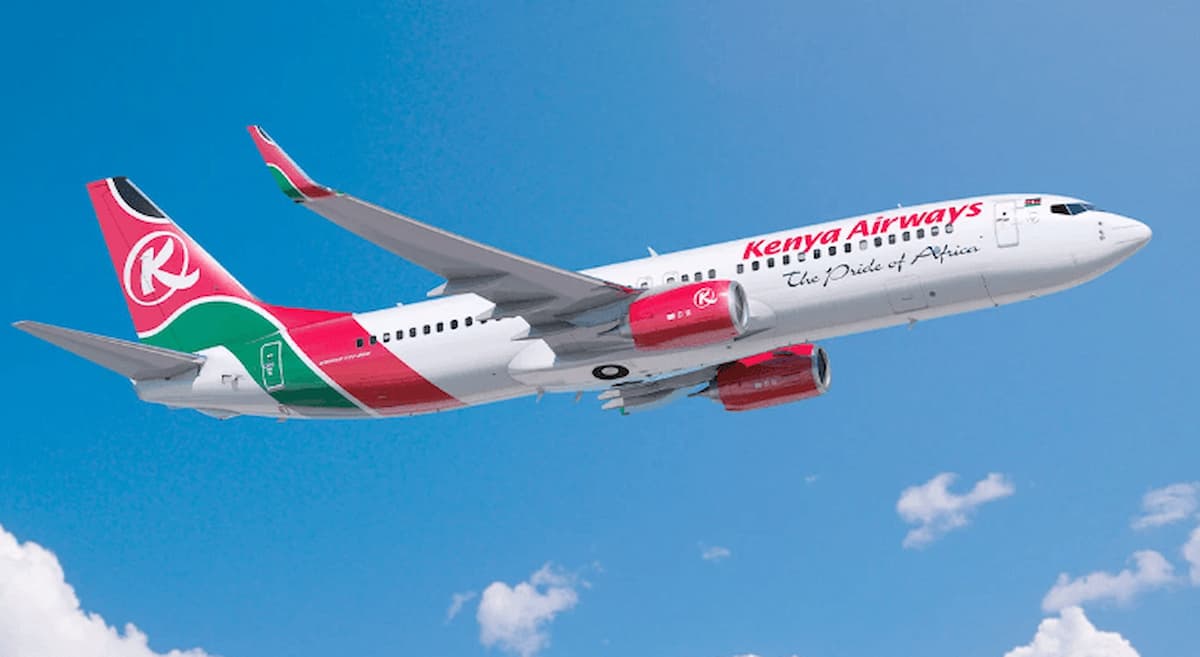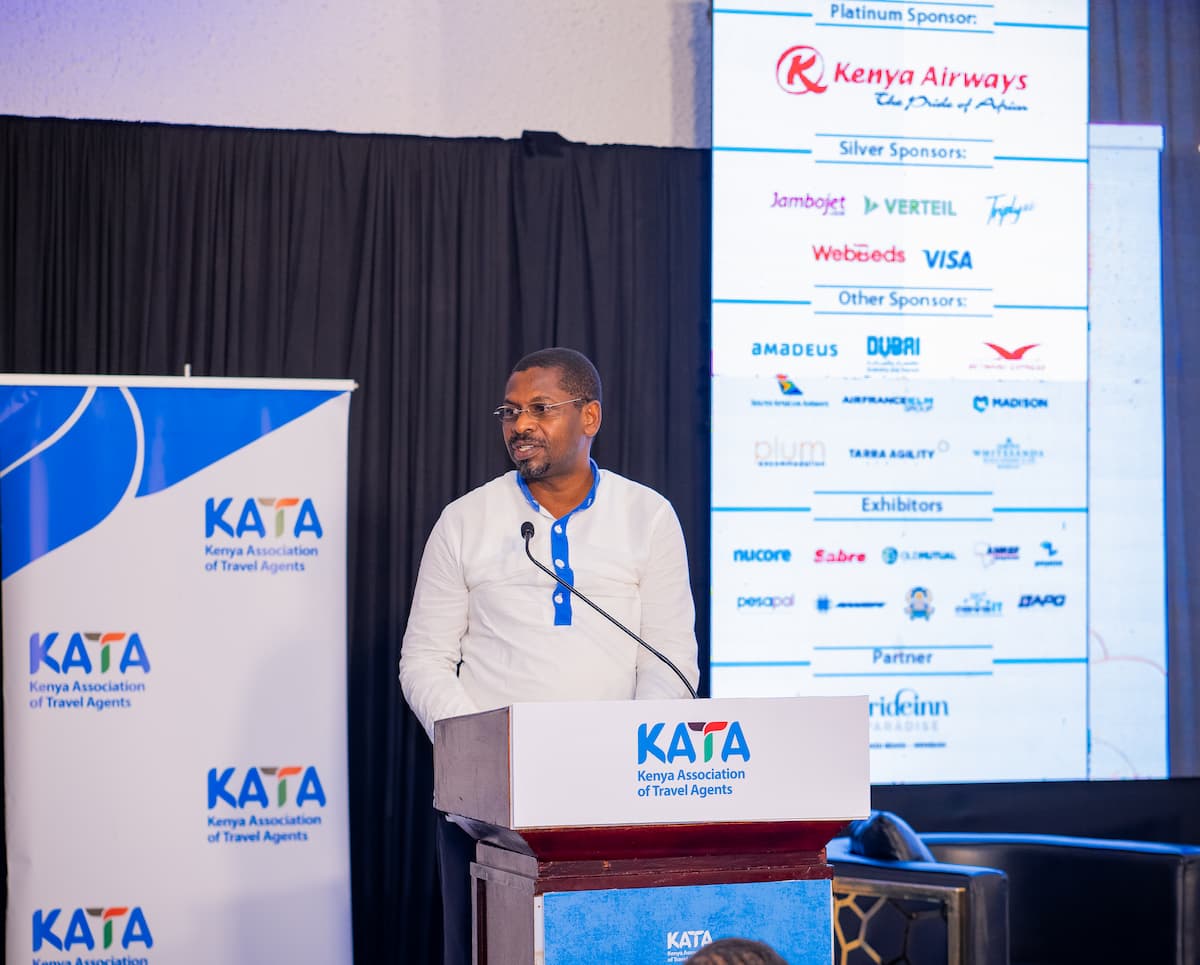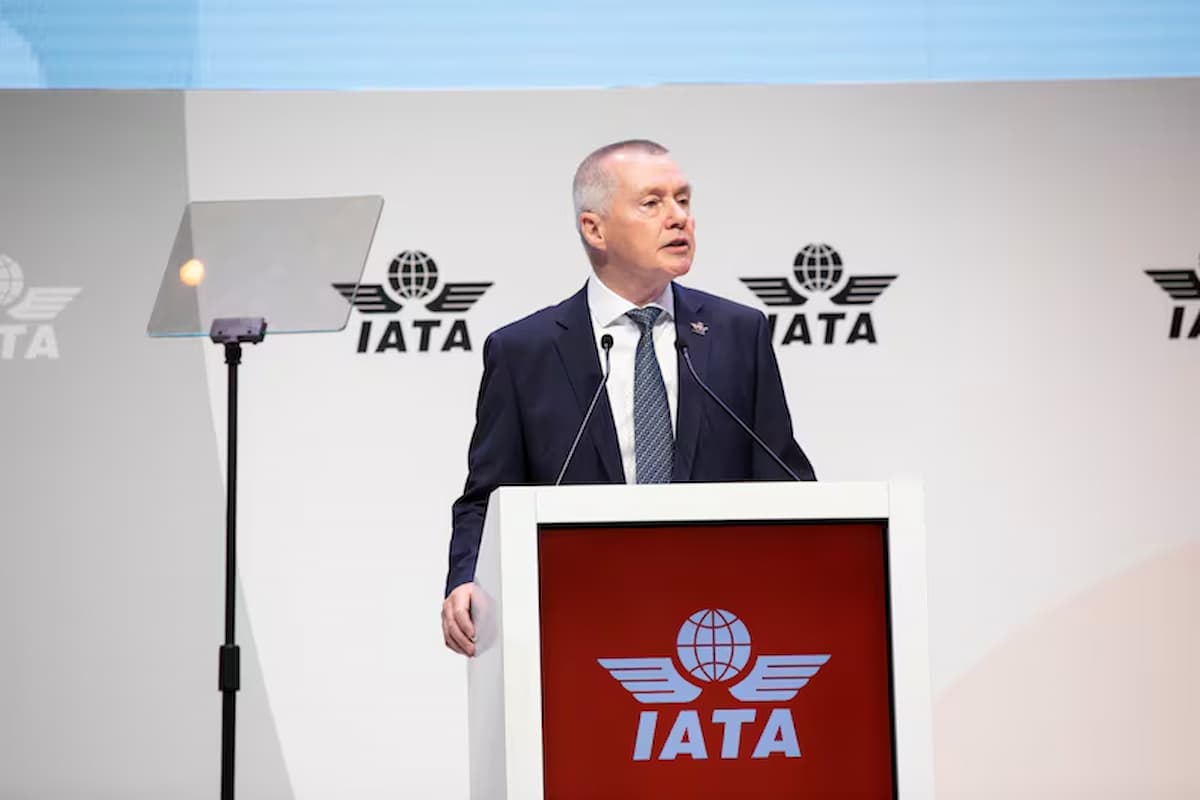Kenya, renowned for its breathtaking landscapes, iconic wildlife, and rich cultural heritage, has experienced a robust growth in its tourism market in recent years. This expansion is fueled by strategic initiatives, diversified offerings, and a global reputation for unique travel experiences. This article delves into the factors driving the growth of Kenya’s tourism market, current trends, and the future prospects for this dynamic industry.
Drivers of Growth in Kenya’s Tourism Market
1. Diverse Natural Attractions
Kenya’s natural beauty is a primary magnet for tourists. The country boasts diverse ecosystems, from the arid landscapes of the north to the lush coastal regions, and from the iconic savannas of the Maasai Mara to the snow-capped peaks of Mount Kenya. This diversity supports a wide range of tourism activities, including:
Wildlife Safaris: Kenya’s extensive network of national parks and reserves, such as Maasai Mara, Amboseli, and Tsavo, offers unparalleled wildlife viewing opportunities. The annual Great Migration of wildebeest in the Maasai Mara is a global spectacle that attracts thousands of visitors.
Beach Tourism: The Indian Ocean coastline, with its pristine beaches, coral reefs, and historical sites like Lamu Island, is a haven for beach lovers and water sports enthusiasts.
Adventure Tourism: Activities such as hiking, mountain climbing, and diving cater to adventure seekers. Mount Kenya, Africa’s second-highest peak, is a popular destination for mountaineers.
2. Cultural and Heritage Tourism
Kenya’s rich cultural mosaic, with over 40 ethnic groups, offers a vibrant cultural tourism experience. Traditional music, dance, art, and crafts provide deep insights into Kenya’s cultural heritage. Cultural festivals, such as the Lamu Cultural Festival and the Lake Turkana Festival, celebrate diverse traditions and attract international visitors.
3. Strategic Marketing and Brand Positioning
Kenya’s tourism authorities have invested significantly in marketing campaigns to enhance the country’s global image. The “Magical Kenya” brand has been instrumental in promoting Kenya as a destination for diverse experiences. Digital marketing, social media engagement, and partnerships with international travel influencers have expanded the reach to younger, tech-savvy travelers.
4. Improved Infrastructure and Connectivity
Significant improvements in infrastructure have bolstered Kenya’s appeal as a tourist destination. Upgraded airports, better road networks, and increased flight connectivity have made travel more accessible and convenient. Nairobi’s Jomo Kenyatta International Airport (JKIA) serves as a major hub, connecting Kenya with key international markets.
5. Government Support and Policy Initiatives
The Kenyan government has played a pivotal role in promoting tourism through supportive policies and investments. Initiatives such as the National Tourism Blueprint 2030 outline strategic goals for diversifying tourism products, enhancing destination marketing, and improving regulatory frameworks to support sustainable tourism growth.
Current Trends in Kenya’s Tourism Market
1. Rise of Eco-Tourism and Sustainable Practices
Eco-tourism is gaining momentum as travelers become more environmentally conscious. Kenya’s eco-lodges, community conservancies, and wildlife conservancies exemplify sustainable tourism practices. These initiatives not only provide authentic experiences but also contribute to conservation efforts and local community development.
2. Growth in Domestic and Regional Tourism
The COVID-19 pandemic underscored the importance of domestic and regional tourism. Restrictions on international travel led to a surge in local tourism, with Kenyans exploring their own country. Regional tourism within the East African Community (EAC) also saw growth, facilitated by collaborations and joint marketing efforts.
3. Expansion of Niche Tourism Segments
Kenya is diversifying its tourism offerings to cater to niche markets. Bird watching, sports tourism, wellness retreats, and cultural tourism are emerging segments that attract specialized interest groups. Bird watchers are drawn to Kenya’s rich avian biodiversity, while sports enthusiasts participate in events like the Nairobi Marathon and the Lewa Safari Marathon.
4. Digital Transformation and Innovation
The integration of digital technology is transforming the tourism experience. Online booking platforms, virtual tours, and augmented reality (AR) experiences are enhancing customer engagement. Innovations such as cashless transactions, digital guides, and interactive apps are streamlining travel and enhancing visitor satisfaction.
Future Prospects and Strategic Vision
Kenya’s tourism market is poised for sustained growth with a strategic vision that emphasizes sustainability, diversification, and resilience. Key areas of focus for the future include:
1. Enhancing Sustainable Tourism
Sustainability remains a cornerstone of Kenya’s tourism strategy. Efforts to minimize environmental impact, support wildlife conservation, and promote responsible tourism practices will continue to be prioritized. Community-based tourism initiatives will ensure that local populations benefit from tourism revenues and are active participants in conservation efforts.
2. Leveraging Technology and Innovation
Advancements in technology will play a crucial role in shaping the future of tourism in Kenya. Investments in digital marketing, smart tourism infrastructure, and data analytics will enhance destination management and marketing effectiveness. Virtual reality (VR) and AR technologies will provide immersive previews of attractions, attracting potential visitors.
3. Expanding and Upgrading Infrastructure
Continued investment in infrastructure, including transportation networks, accommodation facilities, and digital connectivity, will be essential to support tourism growth. Plans for new airports, road improvements, and enhanced public transportation will improve accessibility and visitor experiences.
4. Promoting Cultural and Experiential Tourism
Efforts to promote cultural tourism will involve showcasing Kenya’s diverse heritage, traditions, and contemporary arts. Developing authentic cultural experiences, supporting local artisans, and integrating cultural elements into tourism products will enrich the visitor experience.
5. Strengthening Public-Private Partnerships
Collaboration between government agencies, private sector stakeholders, and local communities will be crucial for sustainable tourism development. Public-private partnerships (PPPs) will drive investment, innovation, and effective management of tourism resources.
Kenya’s growing tourism market reflects the country’s ability to harness its natural and cultural assets to create compelling travel experiences. With a strategic focus on sustainability, innovation, and diversification, Kenya is well-positioned to capitalize on emerging trends and continue its trajectory as a leading global tourism destination. As the country navigates future challenges and opportunities, the tourism sector will remain a vital pillar of Kenya’s economy and a gateway to its extraordinary natural and cultural treasures.
Later this year the country will proudly host the Africa Gala Ceremony of the World Travel Awards on the 18 October 2024 at Diamonds Leisure Beach & Golf Resort Diani Beach.
Source: Breaking Travel News.












